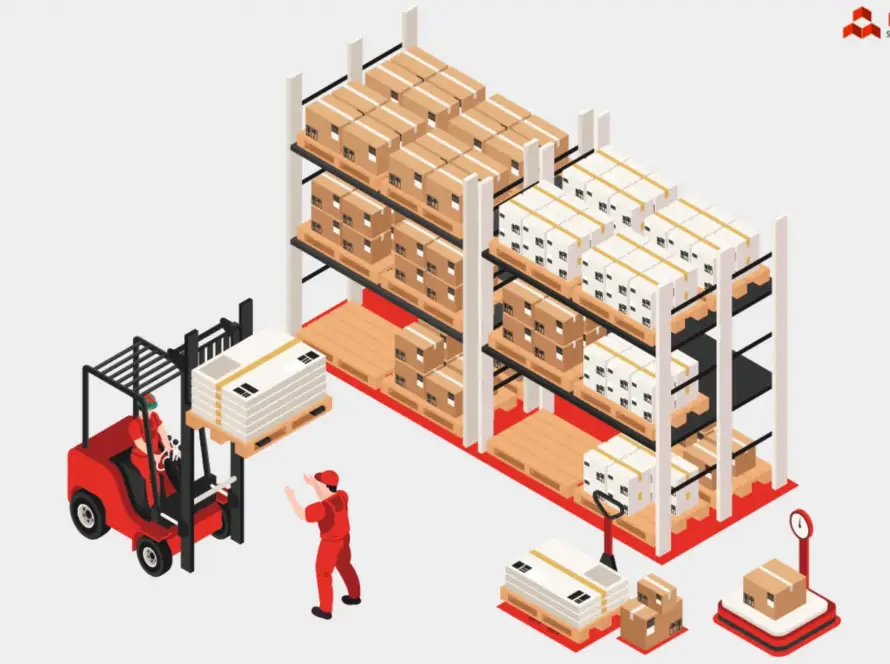In the rapidly evolving world of global trade, supply chains have become the backbone of economic success, enabling countries to move goods efficiently across borders and continents.
Each country faces its own set of challenges and opportunities, leading them to develop unique strategies that cater to their specific needs and strengths. By examining different approaches to optimizing supply chains, we can gain valuable insights and apply these lessons on a broader scale.
Here are some unique approaches from five nations that are leading the way in supply chain innovation.
1. Japan: Precision and Efficiency
Main Aspect: Just-in-Time (JIT) Inventory Management
Japan is known for its commitment to precision and efficiency. JIT approach minimizes waste and reduces inventory costs by ensuring that goods are received only when they are needed in the production process. By focusing on what is necessary at the moment, Japan has streamlined its supply chain, making it one of the most efficient in the world.
2. Germany: Engineering Excellence
Main Aspect: Advanced Infrastructure and Industry 4.0
Germany combines its engineering excellence with cutting-edge technology to enhance its supply chain. The country has invested heavily in advanced infrastructure and Industry 4.0 technologies, such as the Internet of Things (IoT) and cyber-physical systems. These innovations create smart factories that operate with a high degree of transparency and efficiency, setting a global standard in supply chain management.
3. United States: Innovation and Scale
Main Aspect: Technological Innovation
The United States leverages its technological prowess to maintain a leading position in global logistics. With a focus on big data analytics, blockchain, and autonomous vehicles, the U.S. drives efficiency and adaptability in its supply chain. These innovations not only enhance productivity but also allow for scalability, making it easier to handle large volumes of goods across vast distances.
4. India: Emerging and Diverse
Main Aspect: Digital Transformation
India is quickly emerging as a key player in the global supply chain landscape. The country is embracing digital platforms and e-commerce logistics solutions to overcome infrastructural challenges and improve efficiency. This digital transformation is helping India streamline its supply chain processes, making it easier to manage the diverse needs of a rapidly growing economy.
5. Brazil: Challenges and Opportunities
Main Aspect: Agricultural Exports and Cold Chain Logistics
Brazil, with its vast agricultural resources, focuses on improving logistics for agricultural exports. The country is making significant investments in cold chain logistics, which are essential for maintaining the quality of perishable goods. While Brazil faces challenges such as infrastructure and regulatory hurdles, its focus on enhancing cold chain logistics presents significant opportunities for growth in its export markets.
Each of these countries offers a unique blueprint for supply chain management, tailored to their own strengths and challenges. Understanding and applying these insights can help businesses and countries alike strengthen their supply chains, ensuring resilience and efficiency in a constantly changing global environment.


5 Comments